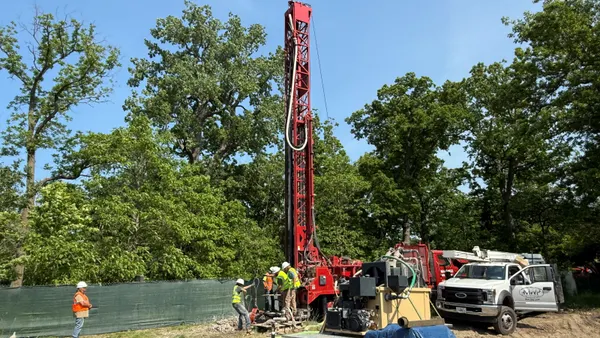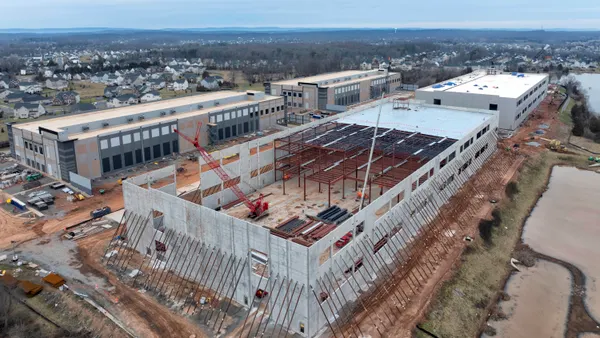It is a commonly held belief that the construction industry is among the slowest to adopt new technologies. In order to examine this, a recent survey by Foundry in collaboration with Quickbase looked to find out how prevalent digital tools and workflow automation are in construction project management and what inefficiencies exist as a result. What they found was not surprising.
While 61% of companies surveyed used multiple software platforms to manage their day-to-day operations, less than 40% of those businesses automate workflows in critical areas of business. Workflow automation adds reliability, data accessibility, and efficiency. However, organizations are not effectively embracing automation and are creating less efficient processes as a result. In fact, firms that manage more than half of their workflows manually tend to use more applications or tools (12, on average) than those who have set up automated workflows in their business.
The findings were very clear, setting up workflow automation in your construction management tech stack has many major benefits and may be easier than you realize.
Workflow Automation Improves Efficiency
Completing a construction project on time and within budget is dependent on precise orchestration of numerous processes that generate an overwhelming amount of data. Managing project data and coordinating tasks like scheduling, budgeting, resource management, and project reporting often requires the attention of multiple full-time employees. Workflow automation gives companies the ability to surface accurate, real-time data and optimize their crucial processes.
Workflow automation doesn’t merely improve the efficiency of straightforward tasks, like safety management checklists, but also improves organizational efficiency by simplifying very complex tasks. Take, for example, the extreme difficulties experienced by construction companies in supplier management today. In fact, the Foundry report found that 70% of construction firms identify a lack of visibility into materials availability and delivery status as their primary challenge each day. A workflow automation platform, like Quickbase, gives firms the ability to surface material insights directly from supplier and internal systems in a single dashboard. With this data readily available, project managers can make any necessary adjustments in near real-time.
Workflow Automation Facilitates Waste Reduction
Not only is reliance on manual workflows inefficient for business, but it creates waste. Waste is created at all stages of a project by duplicative work, time spent digging into multiple systems, tasks completed incorrectly due to outdated information, and project delays created by miscommunication. In fact, an organization’s lack of a solution for automating workflows is even a source of project waste. More than 1/3 of survey respondents state that they are constantly on the search for new solutions to improve their processes and tech stack. This search takes away attention from project tasks and represents waste.
Workflow automation reduces waste by ensuring none of these wrenches are thrown into your processes. Implementing automated workflows reduces the amount of time project managers, analysts, and workers need to spend chasing information, tracking resources, or reporting on a project’s health. Waste reduction doesn’t cease with the completion of the project either. Automated workflows make reporting simple and fast, meaning managers can move onto their next projects more quickly.
Workflow Automation Promotes Visibility and Communication
Digital transformation in the construction industry has generated overwhelming volumes of project data housed in many different, disparate systems. This insight has the potential to be incredibly powerful for construction organizations, however gaining access and surfacing it to the appropriate stakeholders is a major challenge. In fact, the Foundry survey determined over 40% of respondents struggle with lack of visibility into project status and all project-related information. Companies know that insight they need is available, they just can’t find it in a timely manner.
Leveraging a technology that enables automated workflows makes it easier to connect disparate systems, create applications to enhance visibility, and act as a central source for all critical project information. When builders leverage automated workflows, it improves the ability of the entire company to communicate across departments, stay up to date on project status, and complete projects more quickly and cleanly.
In Conclusion
Results from the Foundry and Quickbase survey make it clear that organizations that are not adopting workflow automation widely across their crucial construction project management processes are risking project ruin because of inefficiencies, waste, and poor visibility. The only way to maximize success in all projects is to see, connect, and control your crucial project data with workflow automation.
To learn more about what else the study found regarding state of project management workflows, check out the full Foundry report.










